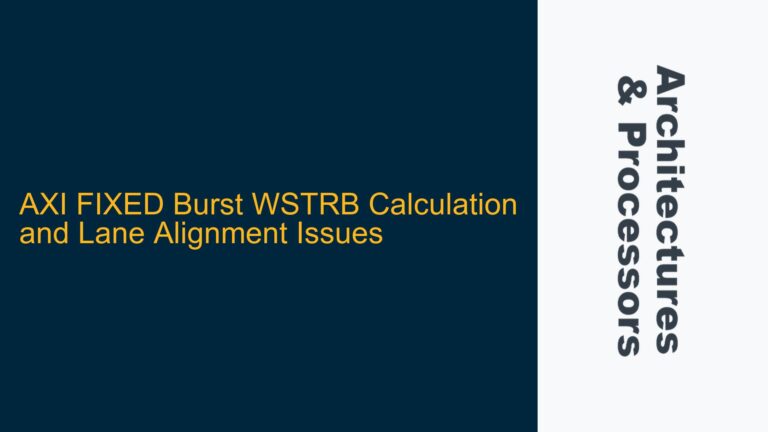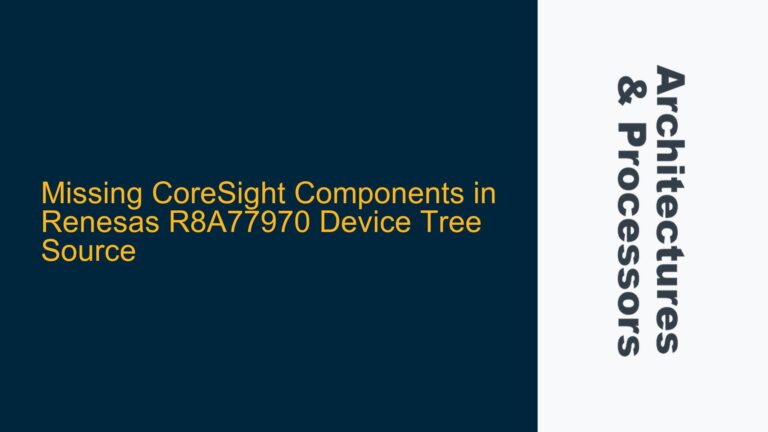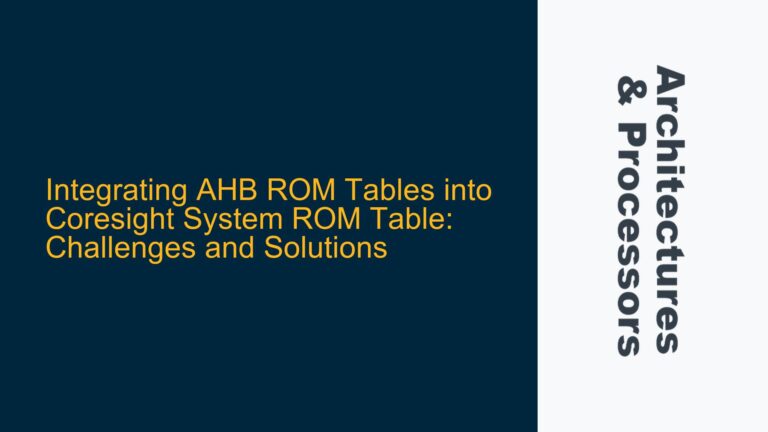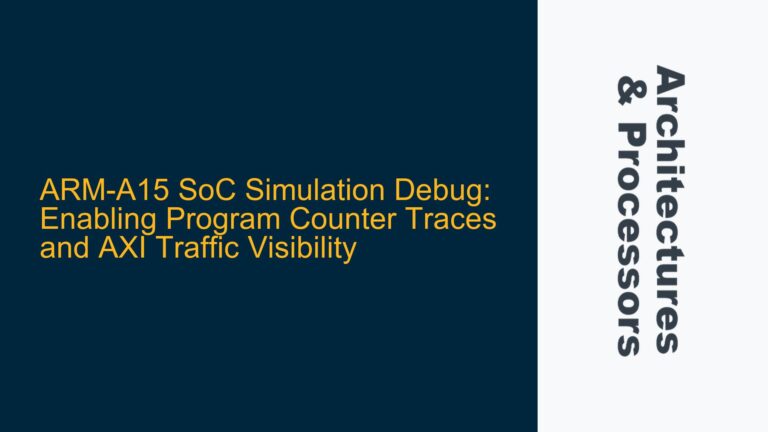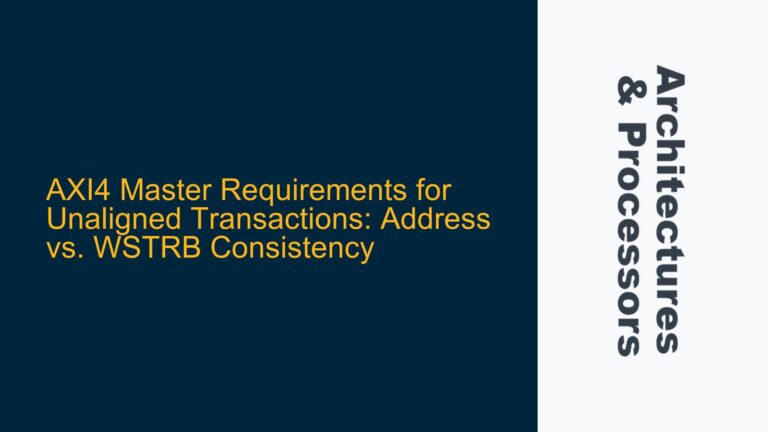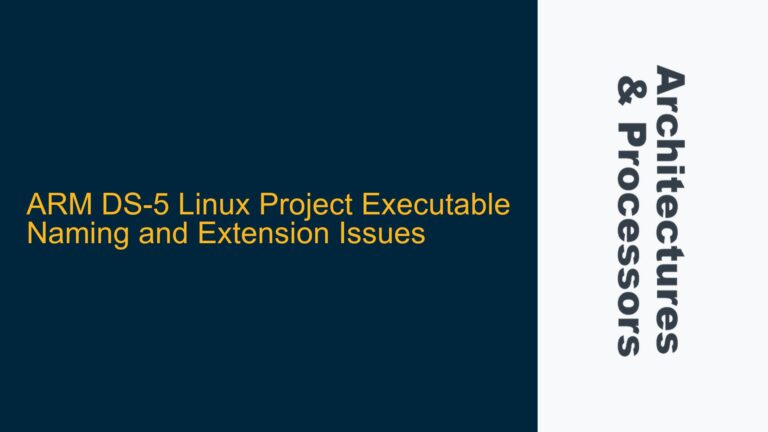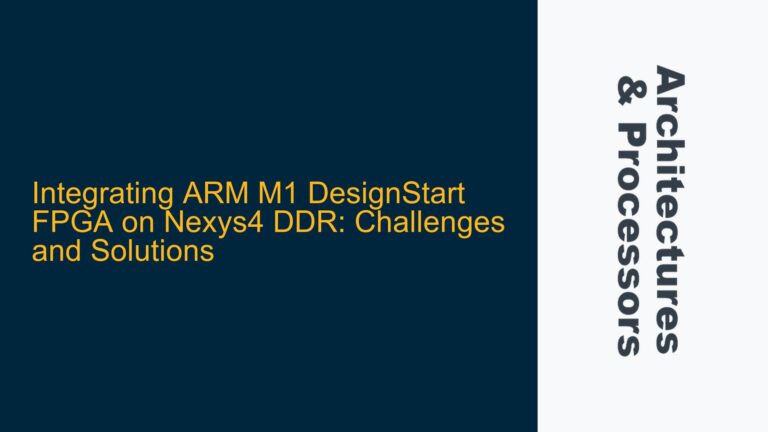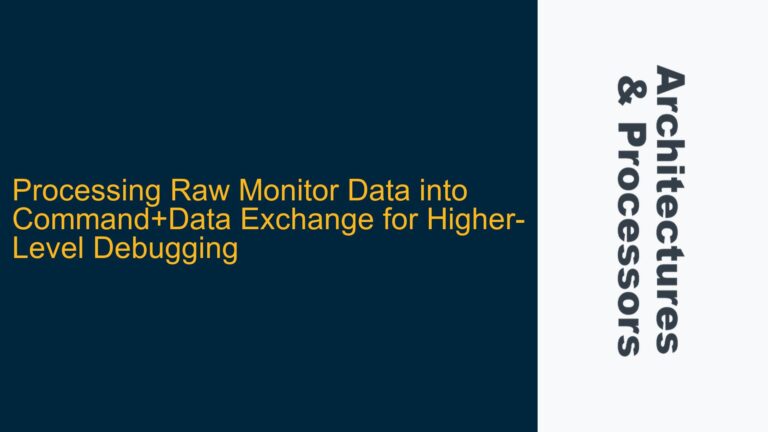AXI FIXED Burst WSTRB Calculation and Lane Alignment Issues
AXI FIXED Burst WSTRB Calculation and Lane Alignment Issues In AXI4 FIXED burst type transactions, the calculation of the write strobe (WSTRB) and the alignment of byte lanes can be a source of confusion, especially when dealing with unaligned start addresses. The WSTRB signal is critical in AXI transactions as it indicates which byte lanes…
